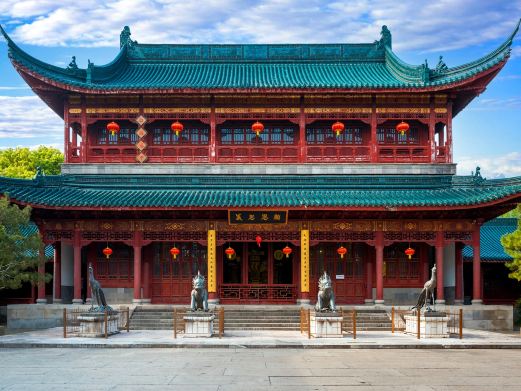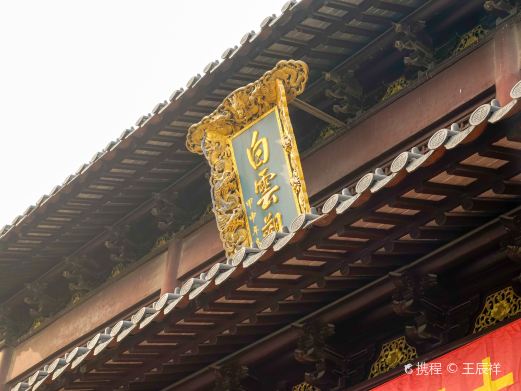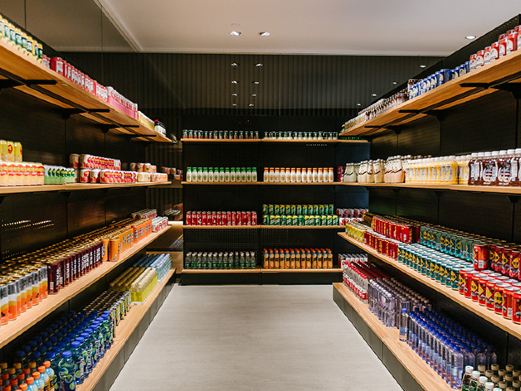The China Silk Museum is located at the foot of Yuhuang Mountain. It is one of the important museums in Hangzhou. Inside, there are a large number of silk fabrics and historical materials on display for you to understand the history of silk weaving. There are also staff members to explain how to distinguish genuine and fake silk. Entering the museum, you first come to ‘The Story of Chinese Silk’, which is divided into two exhibition halls: the Cultural Relics Hall and the Costume Hall. In the Cultural Relics Hall are silk artifacts from various eras. You can also see enlarged models of various silk varieties and feel the exquisiteness of silk textiles and its status in ancient life. The Costume Hall displays many real silk clothing items. From the popular jackets and skirts, official robes, dragon robes from the Warring States period to modern times, and even daily household embroidery products, everything is available. You can understand the origin and development of silk clothing. Crossing the overpass of the main building and continuing to visit ‘The Ingenuity of Silkworms’. Here is the display of mulberry silk weaving techniques, which contains several small exhibition halls. Among them, in the Dyeing and Weaving Hall, you can not only understand the dyeing and weaving production process through weaving tool models. The Weaving Workshop is a fully open exhibition hall where staff members perform loom operations on site. Further inside, on the first floor of the Textile Cultural Relics Restoration Exhibition Hall, the techniques and processes of silk restoration are displayed. On the second floor, restored textile cultural relics are displayed. In the Xinyou Reference Room in the museum, you can see some related books and audio-visual materials. In addition, there is also a temporary exhibition hall in the museum where some temporary special exhibitions are held. Near the exit, there is a silk shopping mall that sells various silk clothing and products. The prices are not cheap. However, the silk store in the museum makes people feel reliable. You can buy a little as a souvenir. After coming out of the museum, the adjacent Yuhuang Mountain scenic area can be visited together.
Opening hours: Open from Tuesday to Sunday throughout the year from 09:00 to 17:00; closed all day on Monday throughout the year; open from 09:00 to 17:00 on New Year’s Day, Spring Festival, Tomb Sweeping Day, Labor Day, Dragon Boat Festival, Mid-Autumn Festival, and National Day. Service facilities: Scenic area explanations: First, free explanations. Explanation time: 10:00 am; 2:00 pm. Explanation scope: In the morning, Silk Road Hall; in the afternoon, Fashion Hall. Explanation duration: 30 minutes for each session. Second, paid explanations. (1) Explanations of basic exhibitions. Explanation duration: 60 minutes. Explanation scope: Silk Road Hall, Intangible Cultural Heritage Hall, Fashion Hall. Charging standards: For Chinese language, 120 yuan for 8-20 people, 180 yuan for 21-40 people. For English language, 140 yuan for 8-20 people, 200 yuan for 21-40 people. (2) Explanations of basic exhibitions + special exhibitions. 1. Explanations of basic exhibitions + 1 special exhibition. Explanation duration: 90 minutes. Explanation scope: Silk Road Hall, Intangible Cultural Heritage Hall, Fashion Hall, and 1 special exhibition. Charging standards: For Chinese language, 140 yuan for 8-20 people, 200 yuan for 21-40 people. For English language, 160 yuan for 8-20 people, 220 yuan for 21-40 people. Rental of audio guides: Reference price: -; Address: -; Users need to present valid documents such as ID cards and passports and truthfully fill out the free use registration form for voice navigators.A deposit of 200 yuan is required for borrowing each voice navigator. When returning it, the deposit will be returned if the staff confirms that the navigator is in good condition.
Must-see tips: 1. Free explanations are provided in the museum. Reservation phone number: 0571-87035223. 2. Voice guides can be rented for free. Valid documents such as ID cards need to be presented and a deposit of 200 yuan is required. 3. Flashlights cannot be used in the cultural relic hall of ‘Stories of Chinese Silk’.








